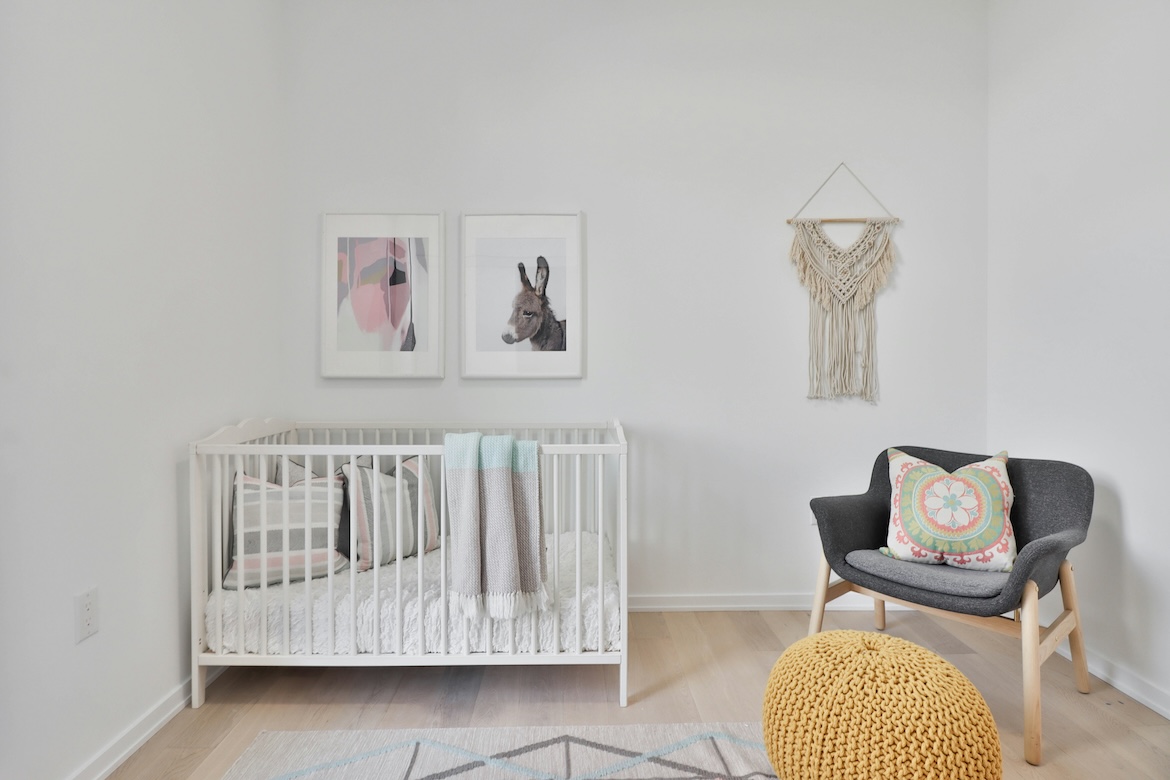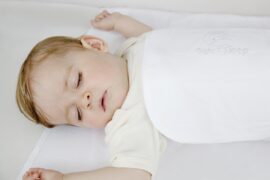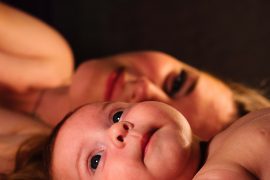By Jane Marsh
Better sleep for children begins with well-rested adults. Quality sleep can feel elusive for new parents still fumbling with the routines and responsibilities of parenthood, especially when nappies, bottles and wipes take over every surface in the bedroom. While it’s natural to lose sleep as you adjust to this new season of life, one thing you can control to help support rest is your physical space.
Your environment can either add to the chaos or create a sense of calm that helps you sleep better. Adjusting factors like temperature, lighting, sound and comfort levels can affect how quickly you and your child can fall asleep, how deeply you rest and how refreshed you feel in the morning.
Temperature and Comfort Control
Studies suggest most adults sleep best in a room set to 15.6 to 20 degrees Celsius, though preferences vary. Infants, however, need slightly warmer conditions. Their Goldilocks zone for restful sleep is typically 16 to 20 degrees Celsius.
This slight difference actually matters. Babies lose heat more quickly because of their higher surface area-to-body mass ratio and underdeveloped ability to regulate temperature. For parents, cooler settings can improve sleep quality and reduce morning grogginess.
Keep a reliable room thermometer in your bedroom and dress your baby in suitable sleep clothes. Most experts recommend the plus-one rule – one extra layer more than you wear. However, hats and hoods are not recommended as they increase overheating risk. TOG ratings can guide layering. As a rule of thumb, around 10 TOGs suit newborns up to one month old in a room at 18 degrees Celsius.
A thermometer can also help older children in separate rooms stay comfortable. Adjust your bedding seasonally. Choose light cotton sheets in summer and warmer layers in winter.
The best mattress is more subjective. Pocket-sprung, memory foam and hybrid options suit adults, with the first option reducing partner disturbance. Breathable medium-firm mattresses work well for children beyond toddler age. Infants, however, should always sleep on a firm, flat mattress with a fitted sheet that won’t cover their face or entangle them during sleep.
Air Quality
Perfecting the room climate also contributes to improved sleep quality. Keep humidity between 30% and 50% to prevent dryness or congestion, and vacuum regularly to limit dust and allergens. This is particularly important for the 57% of households worldwide that keep pets, as pet dander can trigger allergies and leave your poor baby sneezing or with a congested airway.
In such cases, a HEPA-filter air purifier can help. Avoid strong scents from air fresheners or diffusers, since these may irritate airways during sleep.
Bedroom Organisation
A clean, uncluttered room allows you to reset mentally. It reduces visual distractions that keep the mind alert and searching for tasks, which can leave you more tired. Storing children’s playthings out of sight helps them focus on sleep instead of getting distracted by their toy dinosaur.
Likewise, parents should avoid working or storing laundry in the bedroom to preserve it as a rest-only space, separate from household responsibilities. A clear sleeping area makes it easier for your brain to associate the bedroom with relaxation and sleep.
Lighting for Better Sleep
Light plays a big role in signalling your body when to rest. During the day, sunlight regulates your circadian rhythm, the internal clock that controls your sleep-wake cycle. That’s why opening windows and letting in natural light boosts alertness.
As evening approaches, darkness prompts your body to release melatonin, the hormone that makes you sleepy. Dimming indoor lights reinforces this signal and helps you wind down.
Exhausted parents can benefit from limiting screen use before bed. Blue light from phones and tablets delays drowsiness by tricking your brain into thinking it’s still daytime. While night mode reduces the effect, experts recommend steering clear of bright screens for two to three hours before bedtime.











